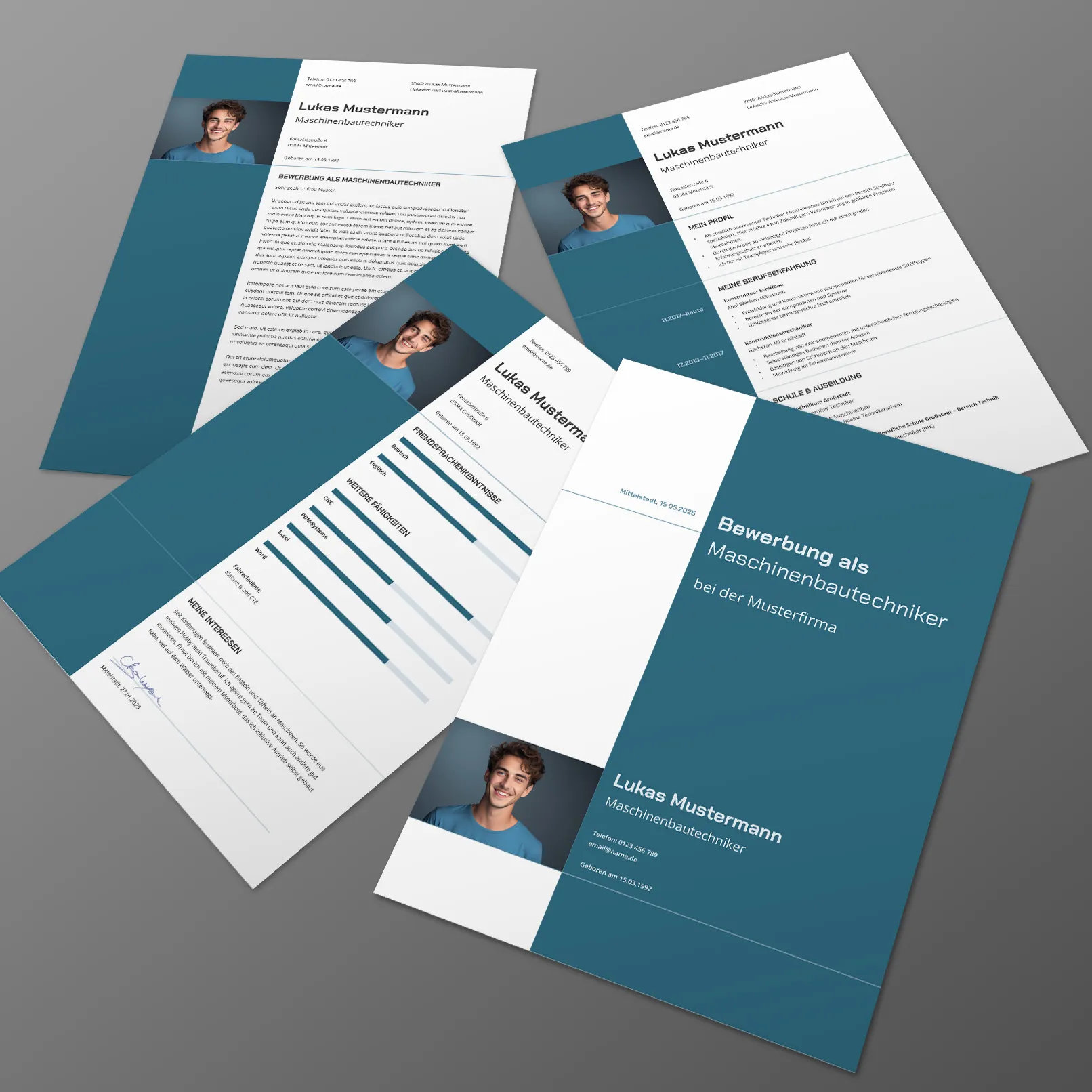For many people who come to Germany looking for a job, it often comes as a surprise that there is a specific standard for job applications here. The documents, their format and structure are different from what they may be used to from their CV in their home country.
Imagine Anna, an engineer from England, moves to Berlin to look for a new professional challenge. In England, she was used to creating a detailed CV without a photo and personal details. She prepared her CV in English, emphasizing her goals and interests and adding a long list of her academic publications.

Once in Germany, Anna learned that she had to adapt her CV to German standards. This means she should add a professional photo, include her personal details such as date and place of birth and make the structure of her CV clear and concise. Anna's German CV must be no longer than two pages and must present her professional experience and education in chronological order. She should also write a cover letter that clearly states her motivation and qualifications for the specific position.
To help Anna and others in similar situations, here are the main differences between the German resume and CV.
The five main differences between the German resume and the international CV
Length and level of detail
- German resume: Usually one to two pages long and contains detailed information on work experience, education and personal details.
- CV: Can be longer, especially in the academic field, and often provides more detailed descriptions of work experience and qualifications.
Structure
- German CV: Has a clear, standardized structure with sections such as Personal Details, Work Experience, Education, Skills and Competencies, Continuing Education and Interests.
- CV: Can be structured more flexibly and often contains sections such as "Objective" or "Personal Statement", which rarely appear on a German CV.
German CV with photo
- German CV: A professional photo is usually common and often expected.
- CV: In many English-speaking countries, a photo is often omitted for anti-discrimination reasons.
Personal details
- German CV: Often contains detailed personal information such as date of birth, place of birth and marital status.
- CV: Such personal details are unusual in CVs in many countries and are often omitted for data protection reasons.
Signature and date
- German CV: Is often provided with a handwritten signature and a date at the end of the document to confirm authenticity.
- CV: A signature is not always customary in a CV and the document is often sent without one.
Tips for beginners: use ready-made templates
If you do not have much experience in creating a high-quality CV and application, it is advisable to use ready-made templates. A universal, free template is available at the link below in Adobe InDesign, Microsoft Word and Serif Affinity Publisher formats.
If this is not enough or you would like even more individuality, you can also purchase other templates at attractive prices. These offer you a professional basis and significantly increase your chances of a successful application.

German resume vs. CV: The 5 biggest differences
From Vitalii Shynakov
